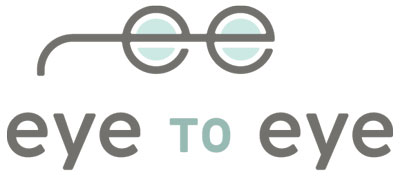Do you have cloudy vision?
A cataract is a clouding of the lens in your eye that affects your vision. Cataracts are very common in older people. By age 80, more than half of all Americans either have a cataract or have had cataract surgery.
A cataract can occur in either or both eyes. It cannot spread from one eye to the other.
Common symptoms are:
Blurry vision
Colors that seem faded
Glare - headlights, lamps or sunlight may seem too bright. You may also see a halo around lights.
Not being able to see well at night
Double vision
Frequent prescription changes in your eye wear
Cataracts usually develop slowly. New glasses, brighter lighting, anti-glare sunglasses or magnifying lenses can help at first. Surgery is also an option. It involves removing the cloudy lens and replacing it with an artificial lens. Wearing sunglasses and a hat with a brim to block ultraviolet sunlight may help to delay cataracts.
Are There Different Types of Cataracts?
There are three primary types of age-related cataracts: nuclear sclerotic, cortical, and posterior subcapsular. As a person ages, any one type, or a combination of any of these three types, can develop over time.
If left untreated, cataracts cause continual loss of vision, eventually leading to legal blindness or even total blindness. In the case of blindness caused by cataracts, vision usually can be successfully restored with cataract surgery and implantation of an intraocular lens (IOL).
If you are experiencing the symptoms of cataracts please schedule an eye exam as soon as possible.


